When to File an Auto Insurance Claim on your Insurance
When to File an Auto Insurance
Claim on your Insurance.. and When Not to
Advisors Insurance Agency
You’re stopped at a red light; you look in your rear-view mirror and notice a car coming up behind you going way too fast. You tense up, squeeze the steering wheel and ……… BOOM! Turns out the driver behind you was looking at their phone and didn’t even notice the light was red. The police come and give you an accident report stating the other driver was at fault. Your car is now being towed to a body shop. What do you do? Most people call their insurance carrier and let them know they were in an accident, but …. Is that the best thing to do?
The point of automobile liability insurance is for an at fault party’s policy to cover any damage caused to the not at fault driver/vehicle. The best option in this situation would be to file a claim with the insurance carrier of the at fault person and request they cover your damages, because why would you want your insurance to cover anything when weren’t at fault?
There is one advantage of filing under your own insurance policy when you are not at fault, but usually it is a better option to check with the at fault’s party’s insurance first. Below are the pros and cons of filing under the at fault parties’ insurance:
The accident report will have the other driver’s and vehicle owners’ information as well as their insurance provider and policy number. I recommend that my clients contact the at fault person’s insurance carrier first to file a claim for their bodily injury and/or property damage. If their insurance provider denies the claim, you can always call your auto insurance provider and open a claim with them. Your provider will then handle the claim for your damages and request reimbursement from the other carrier (this is called subrogation).
In conclusion, if you are in a rush and just want the claim handled as soon as possible, you have the option to file under your own policy, but your deductible would apply, and future rates could be affected. If you are ok waiting for the other carrier to speak with their client to determine who is at fault on the claim (14-day max per South Carolina), then filing under the at fault party’s insurance is the way to go. If you are ever unsure of what to do, reach out to your insurance advisor and they will provide a case-by-case analysis.
The point of automobile liability insurance is for an at fault party’s policy to cover any damage caused to the not at fault driver/vehicle. The best option in this situation would be to file a claim with the insurance carrier of the at fault person and request they cover your damages, because why would you want your insurance to cover anything when weren’t at fault?
There is one advantage of filing under your own insurance policy when you are not at fault, but usually it is a better option to check with the at fault’s party’s insurance first. Below are the pros and cons of filing under the at fault parties’ insurance:
- Pros
- Will not affect your rates with current carrier
- No Deductible would apply if other driver was found at fault
- Coverage can extend even if you just have liability only coverage
- Covers Your Bodily Injury and Pain & Suffering Claims
- No Limit on Rental Car
- Cons
- Slower Response
- Waiting on the at fault person’s insurance carrier to determine who is at fault could take a while because South Carolina gives the at fault driver up to 14 days to contact their insurance company regarding the claim.
How do you file a claim under the at fault driver’s insurance?
The accident report will have the other driver’s and vehicle owners’ information as well as their insurance provider and policy number. I recommend that my clients contact the at fault person’s insurance carrier first to file a claim for their bodily injury and/or property damage. If their insurance provider denies the claim, you can always call your auto insurance provider and open a claim with them. Your provider will then handle the claim for your damages and request reimbursement from the other carrier (this is called subrogation).
In conclusion, if you are in a rush and just want the claim handled as soon as possible, you have the option to file under your own policy, but your deductible would apply, and future rates could be affected. If you are ok waiting for the other carrier to speak with their client to determine who is at fault on the claim (14-day max per South Carolina), then filing under the at fault party’s insurance is the way to go. If you are ever unsure of what to do, reach out to your insurance advisor and they will provide a case-by-case analysis.

This Article was Written by
Andrew Harmon
, Personal & Small Business Insurance Advisor at
Advisors Insurance Agency
Share this Post
More Blogs from the Advisors Team
More Posts





